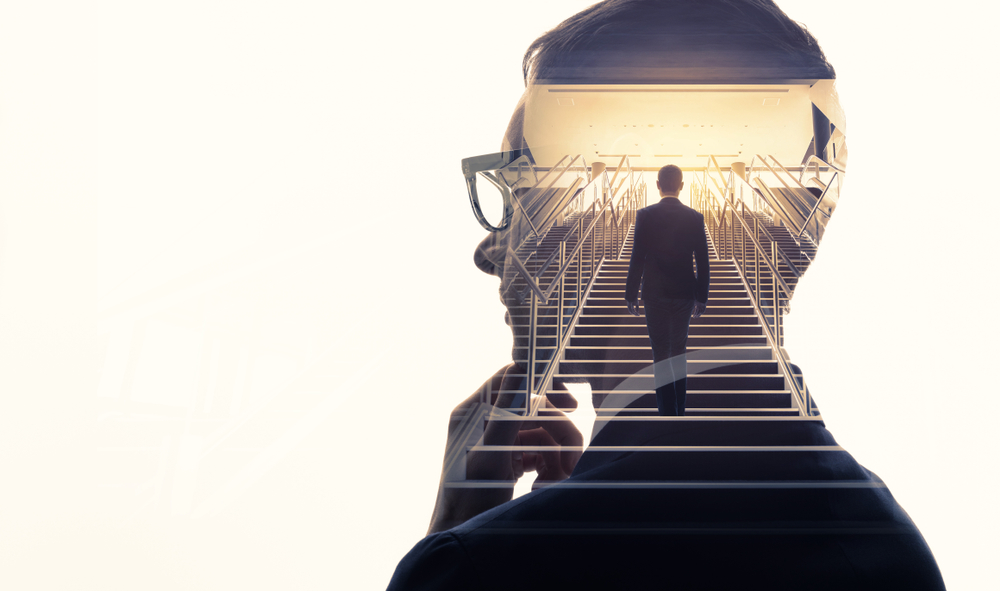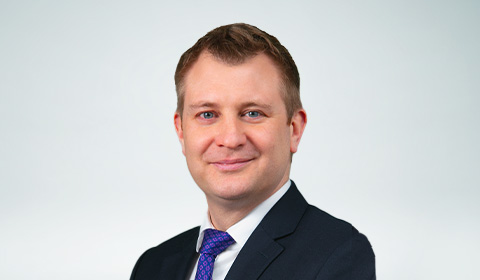We all act in ways that seem irrational. Consumers don’t always switch to a better or cheaper product.
Investors too often follow the herd causing them to buy high and sell low. Very few of us exercise or sleep enough, eat as well as we should, or save enough for our futures.
We know this is true but so often we act as if it were not. We spend our time creating policies, products, and communications based on how we think people should make decisions and behave rather than on how they really do.
Behavioral science can help us escape this trap. Sitting at the intersection of psychology, neuroscience, sociology, and economics, behavioral science focuses on applying a true understanding of human behavior to practical problems.
Now is the time for life and health insurers to apply behavioral science to help solve problems, such as underinsurance, inaccurate disclosures, and unhealthy lifestyles. Because while our brains have hardly changed in thousands of years, our understanding of how they work has increased greatly.
How we make decisions
How many decisions do you think you’ll make today about food? Consider all your decisions – breakfast, lunch, dinner, what, when, how much, etc. How many?
Research shows that people estimate they make about 15 decisions a day about food. However, on average it’s over 225[1]. Why is this? Why are we not aware of most decisions we make?
Partly this is because we tend to remember the decisions we made to eat but not the ones we made not to eat. Take your journey to work: you likely passed numerous places to eat or grab a snack. You don’t walk past the first place, stop and think “Am I hungry? Should I get something to eat?” decide not to, and then proceed to the next place and think “Am I hungry now?”
But your eyes saw these places, the information entered your brain and you made a decision not to eat. It’s just that you did so unconsciously.
Many of our behaviors and decisions we don’t know we’re making. Why is this?
Our conscious brain is bombarded by an estimated 11 million bits of information per second from our senses. But our conscious brains can only process about 40 bits per second. If we tried to process everything, our brains would crash like a website with too much traffic. But we can’t just ignore all the other information as some are likely to be important, maybe even vital for our survival.
Our brains use mental shortcuts known as heuristics to make decisions among all this information. These shortcuts look for patterns, make associations, and quick inferences based on the limited information it can digest. In effect, our brains “connect the dots.”
Our brains are very good at this. It is a fundamental human skill – one we wouldn’t survive without. The problem is sometimes we connect the wrong dots or connect them incorrectly. And this is what behavioral science is all about: understanding how people connect the dots and whether they reach the same decision they would have reached if they had deliberated longer.
Making insurance decisions
To understand decisions people make about purchasing insurance, we need to understand the shortcuts they are using. At the heart of most insurance behaviours are decisions about risk and probability. We might like to think that insurance consumers act like an economist would, considering all possible outcomes, researching and estimating the probability of these outcomes and attaching a value to each.
Unfortunately, this is not how people make most judgments about risk and probability; they use shortcuts. One common example is the availability heuristic.
The availability heuristic is a mental shortcut that relies on immediate examples that come to mind when evaluating a specific topic or decision. If something can be recalled, if it is easy to imagine happening or to remember happening, it must be important, or at least more important than alternative solutions not as readily recalled. Under the availability heuristic, people tend to heavily weigh judgments toward more recent information, making new opinions biased toward that latest news.
This explains why so many people take out insurance after an event. For example, sales of home insurance that covers flooding will increase after a major flood. After seeing people in neighboring areas suffer from flooding, the risk of a flood is now more available, even if the risk itself hasn’t changed. Rates of insurance decline again as memory fades.
When we talk about heuristics and biases, we are not saying people are stupid. We would not have been as successful as a species if we were. What we are is constrained. We have limited cognitive power and therefore try to ration it and give priority where we think it is needed. The key point is that too often we forget this.
Do we have our own bias?
To understand how we think, consider our brain as two systems operating at the same time.
System 1 is our fast, automatic, uncontrolled, and effortless way of thinking. It is the system that looks for patterns, uses shortcuts, and is driven by emotions. It is our unconscious mind – our “Homer Simpson” brain.
System 2 is our slower, more reflective, controlled, and effortful way of thinking. It is deliberative and conscious. It is the system that we are most aware of and remember – our “Sherlock Holmes” brain.
Two important points about these systems:
- You use System 1 much more than you think you do. For example, the vast majority of daily food decisions are System 1.
- Using System 2 takes both mental and physical effort, so you avoid using it when you can.
A good way to understand how these systems interact is to cast our minds back to when we were first learning to do something complex, such as drive a car. It takes so much System 2 thinking to learn how to do everything at once – steering, shifting, checking mirrors – we find it hard to do anything else, even just talking to the instructor next to us. But as we become more experienced, driving becomes habitual, a System 1 behavior. We make most decisions unconsciously and can listen to the radio, think about our day, and talk to others in the car (but hopefully not on the phone!). We have all experienced driving for a few miles and suddenly realizing we cannot remember having done so – Did I turn that corner? Did I stop at those traffic lights? That is because driving has become pure System 1 behaviour.
It is important to realize we’re talking about “human” behavior, not “consumer” behavior. We have known for a long time that we don’t make deep conscious decisions about everything – you don't stand in a supermarket for 10 minutes carefully weighing which tin of soup you’re going to buy.
What’s different is we now realize that many more decisions are like selecting tins of soup. You’re not Homer Simpson in the supermarket and then Sherlock Holmes once you walk into the office.
Actuaries are humans too. In fact, my contention is that insurance professionals often exhibit our own bias. My question for you is: Do we too often assume our audience is like Sherlock Holmes? When we’re creating products, communications, application forms, wellness programs, etc., do we assume people are willing to dedicate precious System 2 time to focus on an issue we think is important?
I think we do, and this is a big problem. If we design for the ideal person, then we design for no one. But if we instead use behavioral science to really understand how people think and make decisions, the results can be powerful.
Part two of this article explains how best to apply behavioral science and what industry challenges we should focus on.



